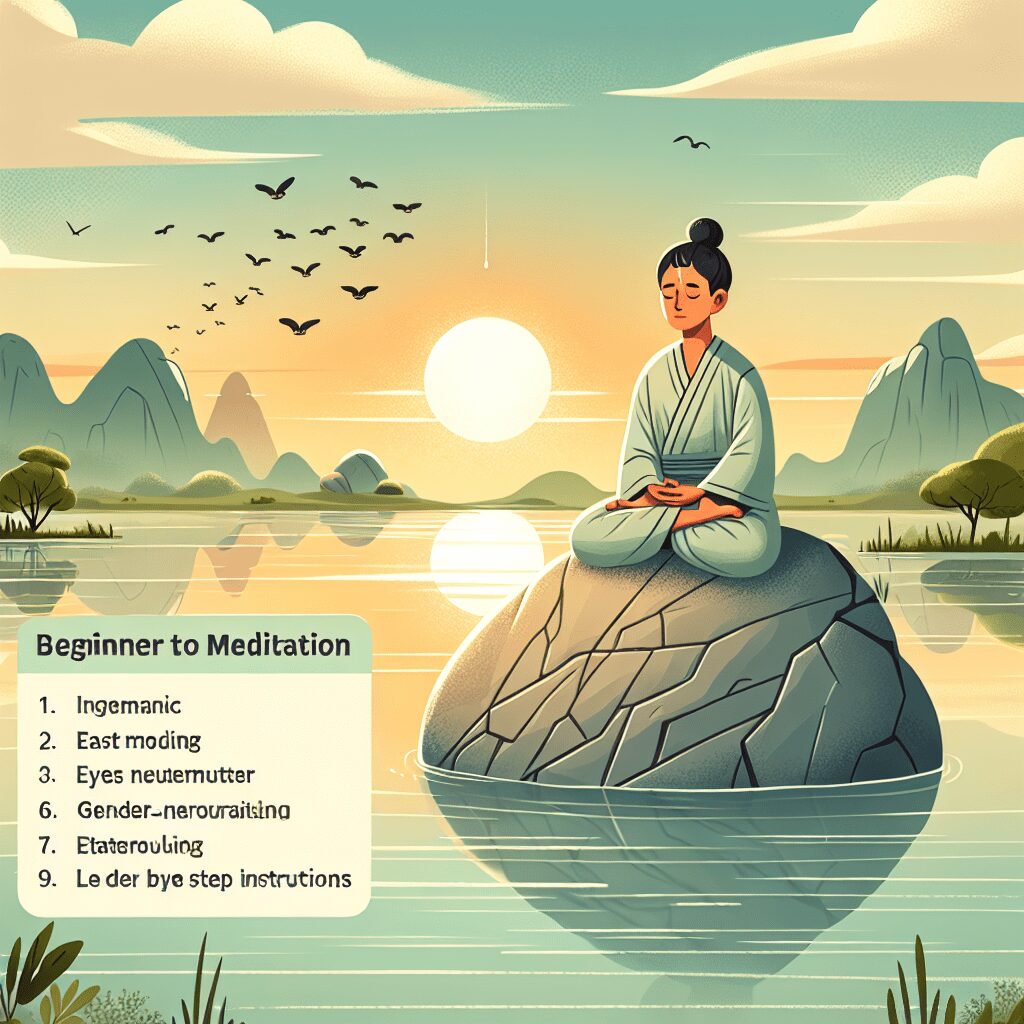
Prioritize your mental well-being daily. Enhance your life by nurturing your mental health with the Smart Meditation app. Break free from stress, alleviate anxiety, and enhance your sleep quality starting today.
How To Record A Guided Meditation?
Unveiling the Art of Crafting Your Own Guided Meditation
In the whirlwind of modern life, finding tranquility can seem like searching for a needle in a haystack. Yet, the surge in popularity of guided meditations stands as a beacon of solace for many. Whether you’re a seasoned practitioner aiming to share your oasis of peace or a newcomer intrigued by the prospect of crafting your own auditory haven, recording a guided meditation can seem daunting. Fear not, for embarking on this journey can transform into a rewarding venture. Let’s dive into the nuances of creating a guided meditation that resonates with listeners and stands out in the sea of tranquility.
Laying the Foundation: Preparation is Key
Before you even think about hitting that record button, there’s some groundwork to be done. Sure, winging it might sound tempting, but let’s not forget that even the most effortless performances are often underpinned by meticulous planning.
-
Mapping Your Journey: Think of your script as the soul of your meditation. Start with a clear intention—what do you wish for your listeners to experience or achieve? Sketch out a rough outline that includes an introduction, body, and conclusion. Whether it’s guiding listeners through a lush forest or along a tranquil beach, your words will be the vehicle for their imagination.
-
The Right Gear for the Expedition: You don’t need a top-of-the-line studio, but a decent microphone and quiet space can make a world of difference. Look for mics that minimize background noise and capture the warmth of your voice. Oh, and a pop filter? That’s your best defense against those pesky ‘plosive sounds that can jolt a listener out of their zen zone.
-
Setting the Scene: The ambiance of your recording environment can influence your delivery. Ensure your space is comfortable and free from interruptions. Soft lighting, comfy seating, and maybe even some incense can set the right mood—not just for you, but in the energy conveyed in your recording.
The Recording Rendezvous
Now comes the moment of truth—bringing your guided meditation to life. This isn’t just about speaking into a microphone; it’s about connecting with your listener on a profound level.
-
Warm Up: Loosen your vocal cords and relax your body. A few deep breaths or gentle stretches can do wonders. Remember, tension in the body translates to tension in the voice.
-
Mind Your Pace and Tone: The power of your guided meditation often lies in your delivery. A slow, measured pace and a soft, soothing tone can work wonders. Don’t be afraid to let pauses linger; these moments of silence offer space for reflection and absorption.
-
Edit with an Ear for Perfection: Even the best-laid plans can hit a snag. Post-recording editing allows you to smooth over any hiccups. Software options range from beginner-friendly to professional grade, so pick what suits your skill level. Here, subtlety is your friend; over-produced tracks can detract from the authenticity of your offering.
Final Thought: Feel the Vibes
Recording a guided meditation is more than just a technical process; it’s an energetic exchange. Stay connected to the essence of your message and emotion you wish to communicate. When all is said and done, your genuine intention and passion will shine through, resonating with listeners and guiding them to a place of peace and introspection. So, breathe deep, press record, and let the magic flow.




